 By: Ana Paola
By: Ana Paola
Here are ten helpful tips for filing your tax return and increasing your chances of receiving a refund.How many times have you requested a tax refund and instead received a purple-colored letter at home stating that the refund was denied? How often have you had to file your annual tax return again because of inconsistencies in the information? For these reasons and many others, it is important to take note of the following tips that will help you increase the odds of getting a refund.
Tip 1: Do not wait until the last minute
The date for filing your individual annual tax return for 2011 is approaching. It is important that if you need to file, prepare all necessary documents ahead of time so that the deadline does not take you by surprise. The deadline is April 30, 2012.
Tip 2: Find out if you are required to file an annual tax return
Not everyone is required to file an annual tax return. You are expected to file if your earnings obtained in 2011 fall into one of the following categories:
1. If you earned more than 400,000 pesos a year.
3. If you provided professional services after January 1, 2011, or ceased your activity before December 31, 2011.
4. If you earned more than 100,000 pesos in interest or if the total sum of your combined interest and salaries is greater than 400,000 pesos.
5. If you provided independent professional services, were engaged in business activities, collected rent on any type of real estate, among others.
Tip 3: How do you find out the amount of your yearly income?
Employers have the obligation to give you a withholding statement that includes the amount withheld and the time period it was withheld. In addition, individuals have the right to request such document. This document is very important – because it is not only the basis for calculating the tax, but also the documented evidence that the obligation was complied with and the amount was retained. Employers must send this information to the SAT by February 15, 2012. After that date and before the beginning of April, the document should have been given to the employee. Make sure you get this document and keep it in a safe place.
You must add up all of your income, as insignificant as it may be, because failure to report your total earnings will result in an inconsistency in the filing and the refund will be denied.
Tip 4: What expenses can be deducted?
While each contributor can deduct expenses that correspond to his or her activity, all individuals have the right to claim personal deductions. In general terms, these deductions include:
i. Medical and dental fees, and hospital expenses
ii. Funeral expenses
iii. Donations
iv. Voluntary contributions to the system of retirement savings
v. Insurance premiums for medical expenses
vi. Obligatory school transportation costs
vii. School tuition
viii. Interest on mortgage payments.
It is important to mention that invoices must correspond to the activity of the supplier who issued them. For example, if a person purchased medical insurance from a non-authorized insurance company, SAT’s automatic system will determine an inconsistency, deny the refund and signal an omission.
Tip 5:. If you paid for school tuition, what requirements must comply with?
On February 15, 2011, the government published a decree establishing a fiscal stimulus for those expenditures that arise from the payment tuition – from preschool to high school or the equivalent – provided for the taxpayer, spouse, children or taxpayer’s parents. However, this deduction has the following limits per year:
Preschool: 14,200 pesos
Primary: 12,900
Secondary: 19,900
Professional technical: 17,100
High school or equivalent: 24,500
In order that the deduction is considered valid, invoices must include the following information: student’s name and CURP; educational level; total amount of the tuition, separating other expenses (such as inscription fees, books, school supplies, uniforms, among others); and RFC code of the taxpayer who made the payment. These payments must be made electronically or by check.
Tip 6: . ¿What should you do with the digital invoices?
Since December 1, 2010, digital invoices have become more common. In the event tax authorities wish to verify the veracity of your digital invoices, they have the right to request your files as an XML extension, but not the paper invoice. If you are going to deduct digital invoices, you should have those files on hand.
Tip 7: Check to make sure all documents are filled out completely
Today SAT’s internal validation process is completely automatic. Therefore, taxpayers must check all their invoices, whether they refer to earnings or expenditures, to make sure they are correctly filled out with all the required information. The system does not recognize incomplete or incorrect RFC codes. If an invoice contains errors, taxpayers have the right to request the correction. If the errors are not corrected, the invoice will be rejected.
Tip 8: Check to see if the FIEL is active and that you have the CIECF
There are two ways to file your annual tax return: the FIEL or the CIECF. If you do not have either one, you would not be able to file by Internet. The CIECF is a password with eight alphanumeric characters that you can obtain at any SAT office. If you still do not have one, you can go without an appointment to the “express window” and request it.
On the other hand, the FIEL is valid for a limited time: if you obtained it before June 30, 2010, it is valid for two years. If you obtained it after that date, it is valid for four years. It is very important that if it has already expired, you immediately ask for an appointment at the SAT, because as the filing date approaches it will be very difficult to make an appointment. If your FIEL has not expired, you can renew it over the internet, and avoid unnecessary waiting times.
Tip 9: Check to see if your tax return is filled out correctly
Whether you hire a private service or go to one that is free, check to see that the data on your tax return is correct, including your name and address, and your CLABE number, in case you receive a refund. Any error will be registered as an inconsistency and your tax return will automatically be rejected.
Tip 10: If you do not know what to do or have any doubts, ask for help!
Both free advisers and specialized private accountants will be able to provide assistance as required by your particular case. The tax issue in Mexico is very serious and important, so obtaining all possible assistance decreases the probability of making mistakes.
If you read and follow these guidelines carefully, you are more likely to file your tax return correctly.?

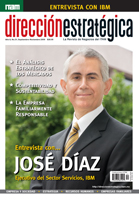
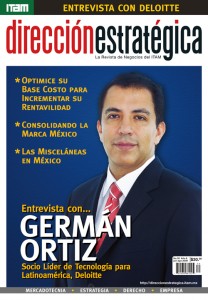
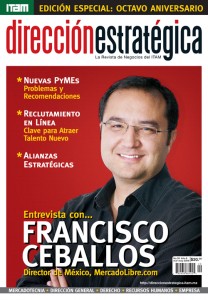
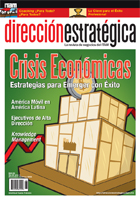
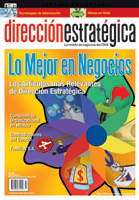
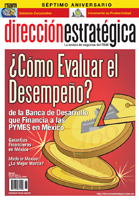
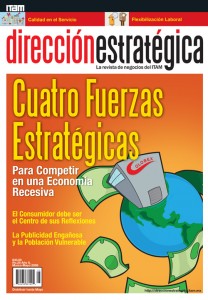
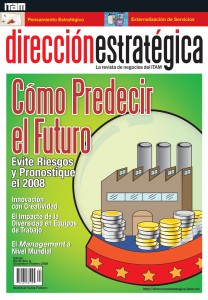
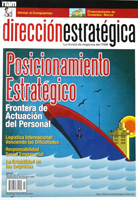

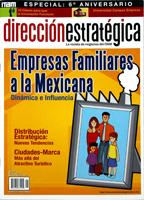

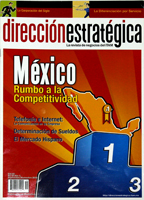
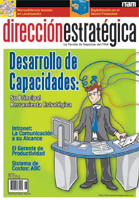
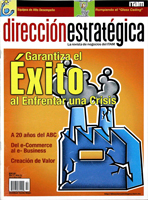
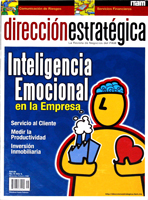
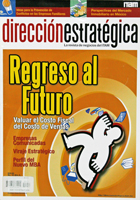
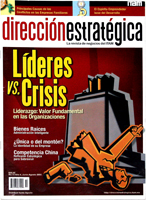
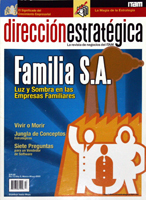
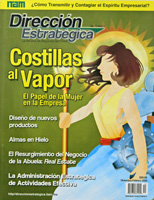
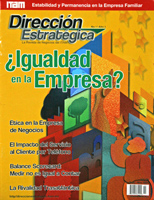

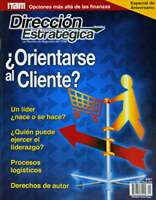
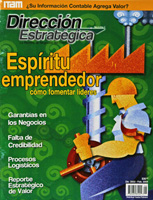
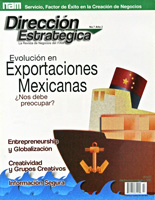
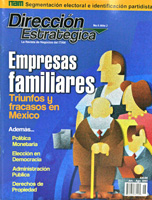
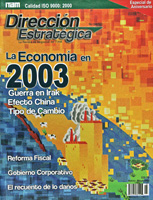
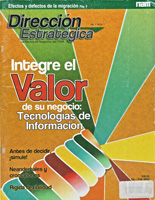

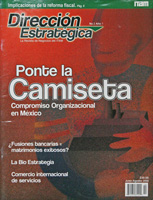
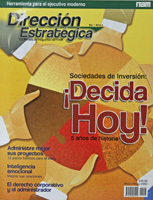
One Comment
Gracias por despejar varias dudas que tenía, su información fué muy valiosa y clara.